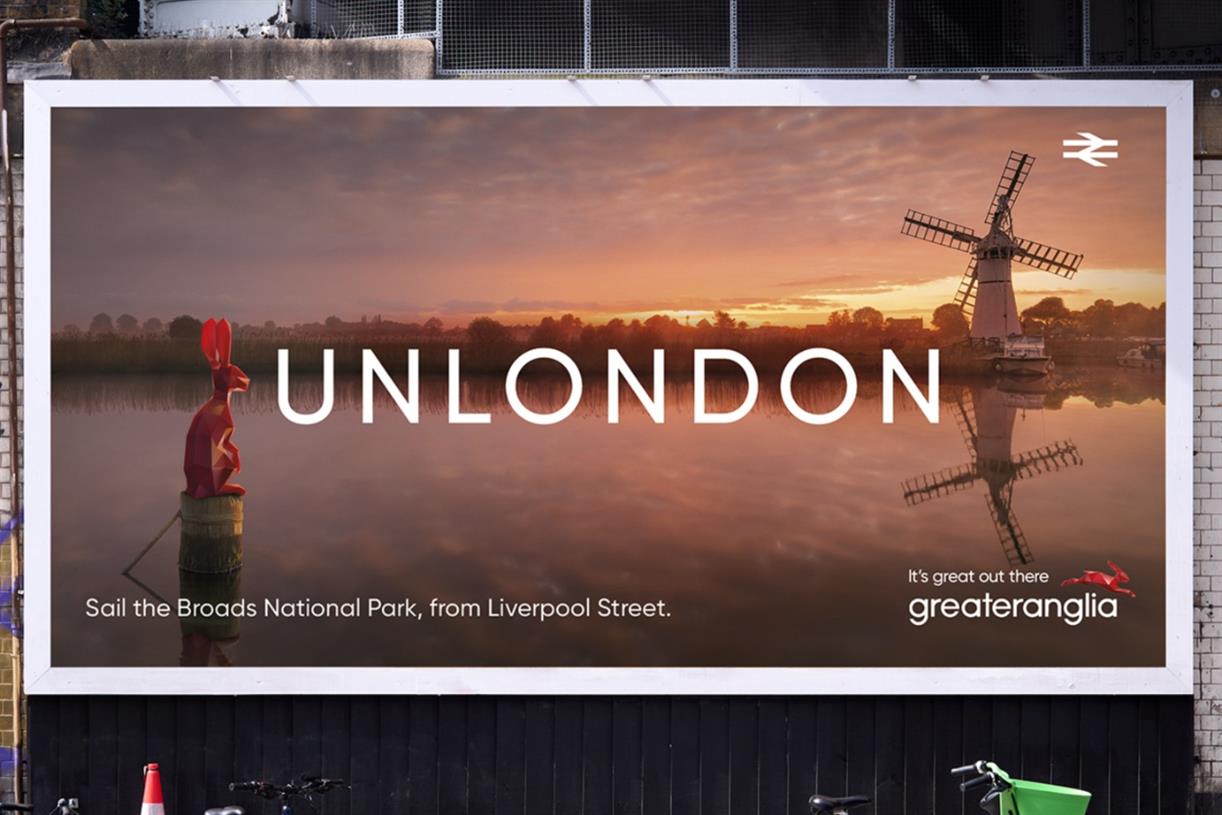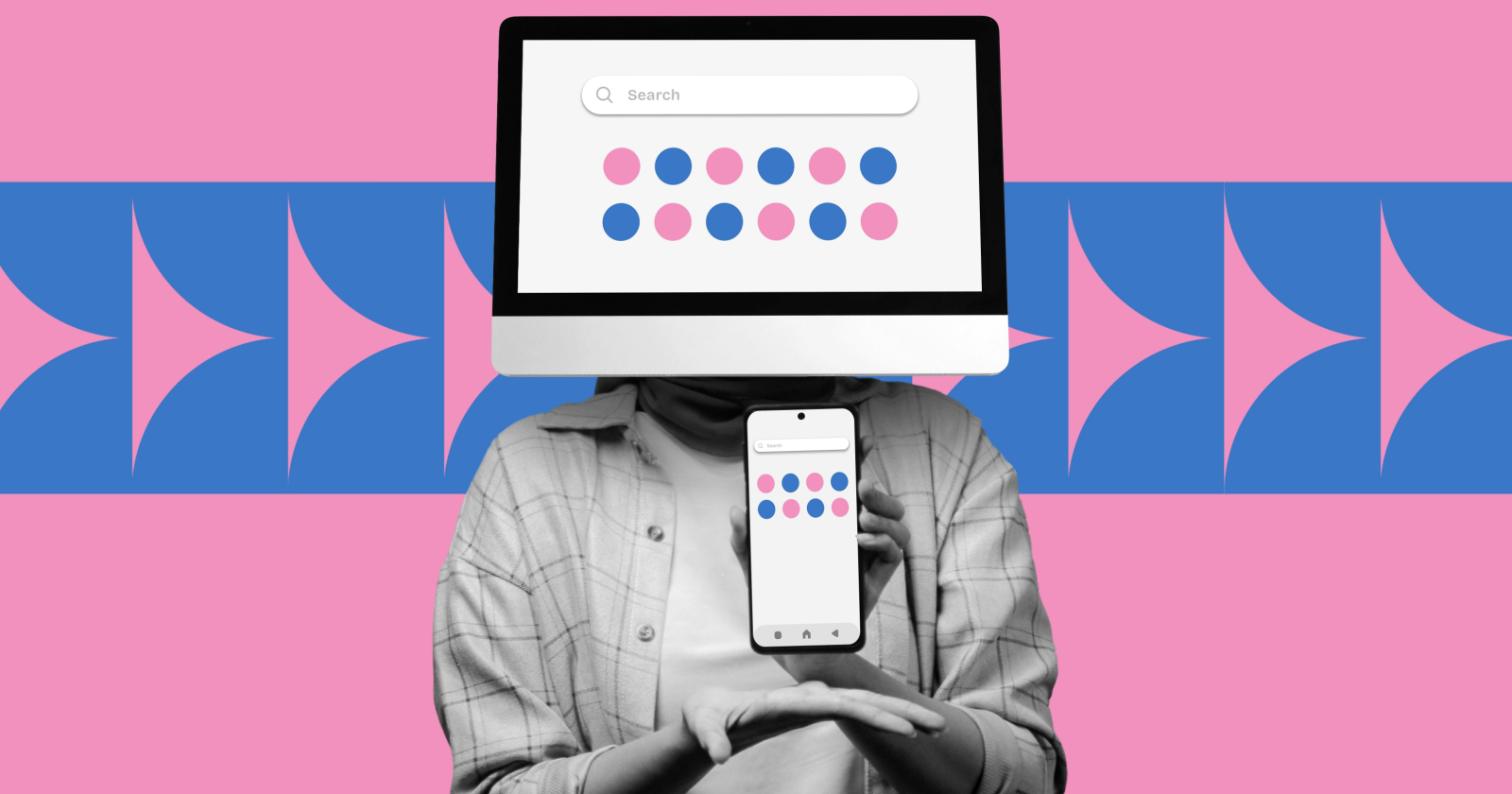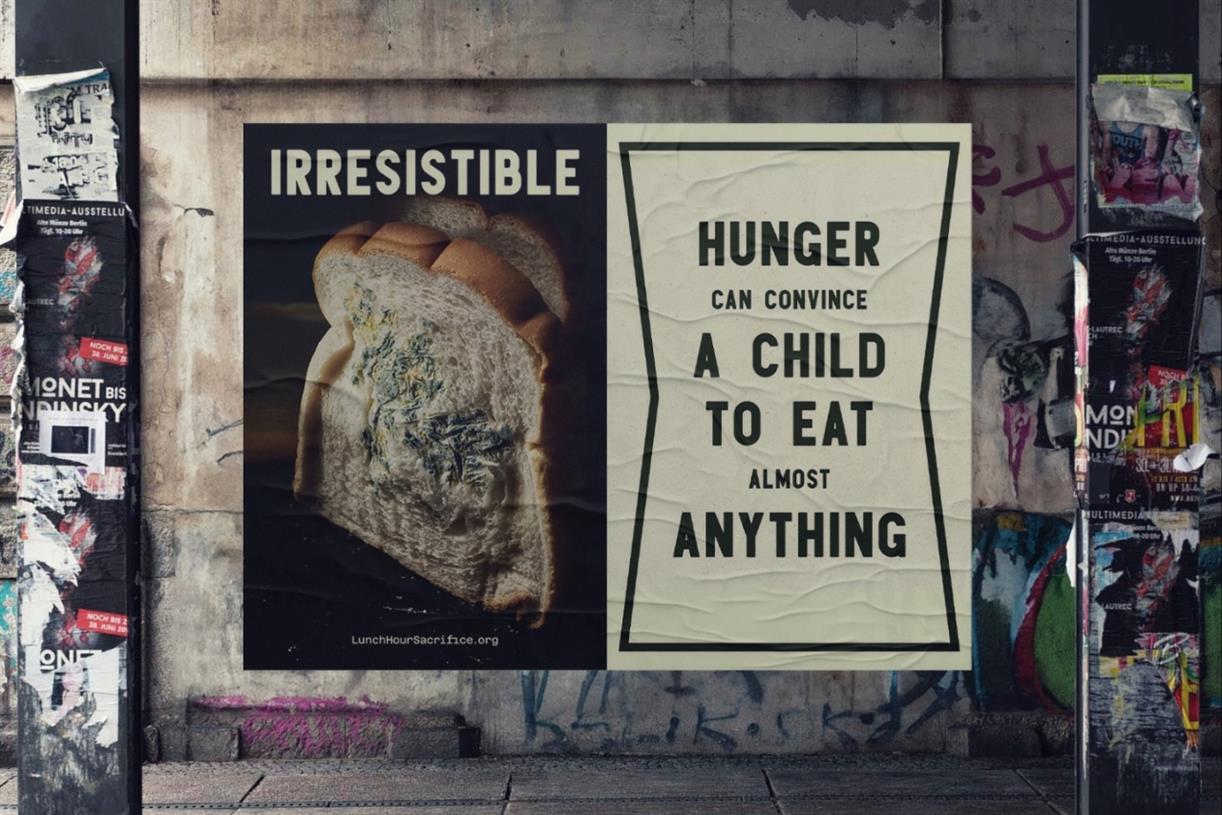My Favorite Productivity Advice From Books (so You Don’t Have to Read Them All)
Spending all your time reading about productivity isn't actually all that productive.

We may earn a commission from links on this page.

Credit: Product images courtesy of Amazon
There are so many productivity books out there, and many of them contain great information and advice. But if you really want to be productive, you can’t spend all your time reading about other people’s productivity. Choosing which books to read, if any, is important, so here are some of the best tips from some on the market. If it speaks to you, pick up the book (or just get the gist here).
The best productivity tips from books
Getting Things Done (GTD)
GTD is a method that comes from David Allen's infamous 2001 book, Getting Things Done: The Art of Stress-Free Productivity, which was updated in 2015. GTD has been popular for a long time and is all about organizing your to-do lists, priorities, and schedule in a way that keeps it all manageable. You use five pillars—capture everything in a notebook, app, or planner; clarify what you need to do by breaking it all down into actionable steps; organize the steps by category and priority; reflect on the to-do list; and get to work—to streamline your planning, thinking, and action.
The action method
The action method comes from Scott Belsky's 2010 book, Making Ideas Happen: Overcoming the Obstacles Between Vision and Reality. Like GTD, it aims to organize your ideas and priorities, giving you a path to more action than deliberation. You write down your to-dos, then organize them into action steps (the specific tasks you need to get done and the ones with actions behind them), references (extra info you need to accomplish those tasks), and back-burners (more nebulous goals that don't need to be accomplished right now). Use a planner or spreadsheet to create the three columns, bearing in mind that references and back-burners are typically things that supplement the action steps, so you should always be checking those while you tackle the action steps.
Zen to Done
At the heart of Zen to Done is the idea that your sense of wellbeing is integral to your overall productivity. It comes from Leo Babauta, who has written books like Essential Zen Habits: Mastering the Art of Change, Briefly and The Power of Less: The Fine Art of Limiting Yourself to the Essential... in Business and in Life. Reading his work, you start to see the value of changing your habits and building new ones incrementally and peacefully. Because you're changing your habits over time and in a chill way, you can focus on the actual work you need to get done. ZTD contains 10 habits total, but Babauta says you can focus on the first four to get started: "Collect" by always taking notes about what you need to do and ideas you have, "process" by making quick decisions on tasks that are in front of you at the moment, "plan" by setting goals every Monday, and "do" by selecting a task and focusing on it and only it.
Deep work
I talk about deep work a lot because it's an important concept that impacts a lot of other productivity techniques. Deep work is the ability to focus completely on a demanding task without allowing any distraction get in your way, according to Cal Newport's Deep Work: Rules for Focused Success in a Distracted World. His work focuses on drawing the distinction between deep work and shallow work, or the kind of work that you can still get done while distracted, then building time into your schedule to take care of the deeper tasks.
Eat the frog
This approach to productivity calls for you to tackle your biggest, most demanding task first during the course of your day, so everything after that feels easier by comparison. The evocative phrase, "eat the frog," comes from a quote that's usually attributed to Mark Twain, but it was Brian Tracy's Eat That Frog book series that really made it catch on. Per Tracy, your "frog" is whatever task "you are most likely to procrastinate on if you don't do something about it." In workbooks and quick-tip books, he helps you figure out your frogs, then come up with strategies to get the motivation to tackle them.
Power Hour
Power Hour is a productivity technique that aims to empower you to reclaim part of your daily time and devote it to something intentional, whether that's a passion project or a major task that needs completing. It comes from Adrienne Herbert's book, Power Hour: How to Focus on Your Goals and Create a Life You Love, and is complementary to Newport's deep work concept. Herbert suggests you find an hour in each day that you can use for a completely focused, intentional project. During that hour you'll use deep work, but Herbert's strategy focuses more on finding and defining that critical hour in your schedule more than training yourself to sink into the zone and avoid distractions.
The 168-hour method
You may not think that having 24 hours in a day is enough, but what about 168 hours in a week? Laura Vanderkam wrote 168 Hours: You Have More Time Than You Think to encourage people to stop thinking about your time in terms of days and start thinking about how much you can accomplish in a week. Spend a week tracking your time using time-tracking software or a spreadsheet, keeping your entries as detailed as possible. At the end of the week, look at your data and figure out when you wasted time, spent too long on something, or could have been doing something else. Using Vanderkam's method, you can make more time for the things you want to do by getting a solid grasp of how you allot your existing time over seven days.
Flow theory
You've probably heard of flow theory, the brainchild of psychologist Mihály Csíkszentmihályi, who came up with it in 1970 and then wrote a number of books on it. According to him, a flow state is similar to when someone is floating along, being carried by water. The person is working so efficiently that they're just gliding ahead with no problems and the state is practically propelling them. There are eight characteristics of being in flow, ranging from complete concentration on the task to finding intrinsic rewards in the work and feeling confident in possessing the necessary skills to complete it, and these offer almost a step-by-step guide for getting into deep work, the method mentioned above.
The best book combo for busy folks
Having a hard time narrowing down which books to grab? I'd suggest one of Csíkszentmihályi's books on flow theory, Newport's book on deep work, and Herbert's book on power hours, as these all describe similar practices, but offer complementary, supplemental advice that all adds up to help you pick a specific time of day to get work done easily and efficiently.

Lindsey Ellefson
Features Editor
Lindsey Ellefson is Lifehacker’s Features Editor. She currently covers study and productivity hacks, as well as household and digital decluttering, and oversees the freelancers on the sex and relationships beat. She spent most of her pre-Lifehacker career covering media and politics for outlets like Us Weekly, CNN, The Daily Dot, Mashable, Glamour, and InStyle. In recent years, her freelancing has focused on drug use and the overdose crisis, with pieces appearing in Vanity Fair, WIRED, The New Republic, The Daily Beast, and more. Her story for BuzzFeed News won the 2022 American Journalism Online award for Best Debunking of Fake News.
In addition to her journalism, Lindsey is a student at the NYU School of Global Public Health, where she is working toward her Master of Public Health and conducting research on media bias in reporting on substance use with the Opioid Policy Institute’s Reporting on Addiction initiative. She is also a Schwinn-certified spin class teacher. She won a 2023 Dunkin’ Donuts contest that earned her a year of free coffee. Lindsey lives in New York, NY.

 Kass
Kass 


































